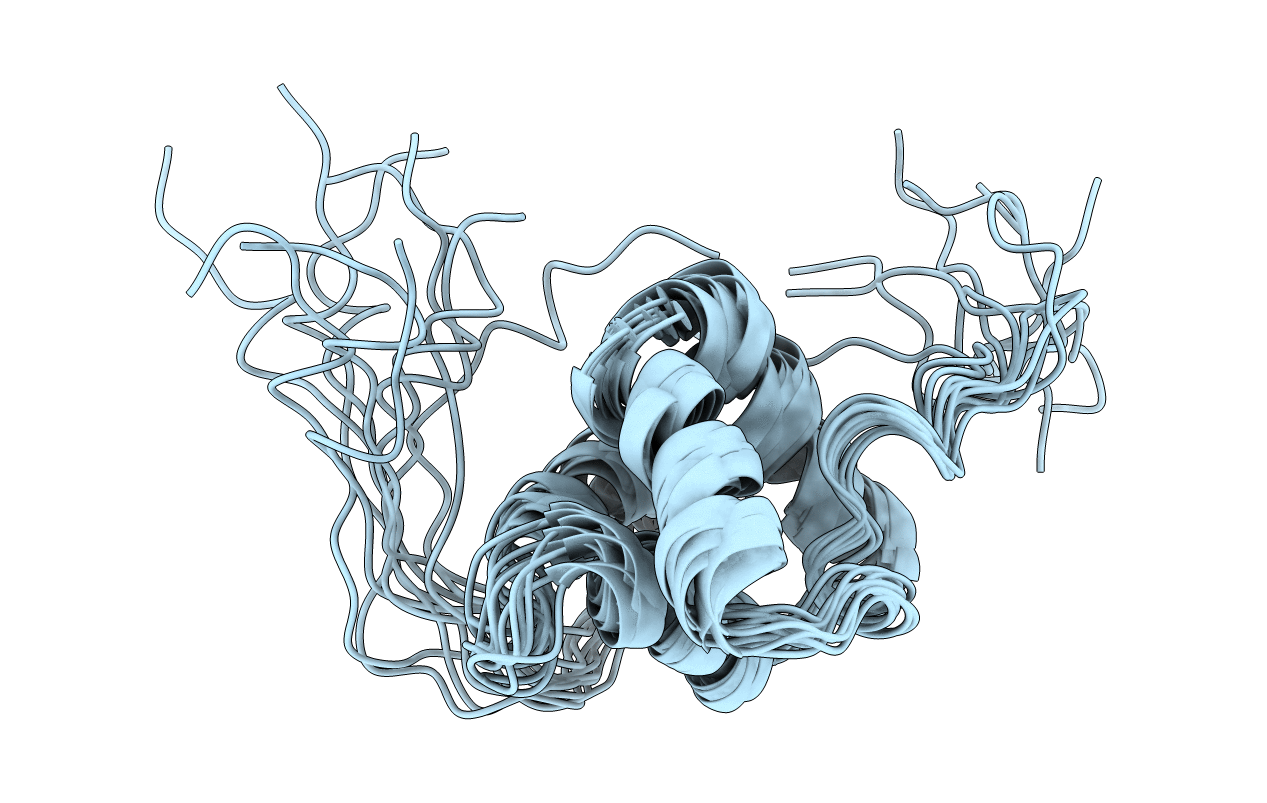
Deposition Date
2016-01-08
Release Date
2017-01-11
Last Version Date
2024-05-01
Entry Detail
PDB ID:
2NAR
Keywords:
Title:
Solution structure of AVR3a_60-147 from Phytophthora infestans
Biological Source:
Source Organism:
Phytophthora infestans (Taxon ID: 4787)
Host Organism:
Method Details:
Experimental Method:
Conformers Calculated:
100
Conformers Submitted:
10
Selection Criteria:
structures with the lowest energy


